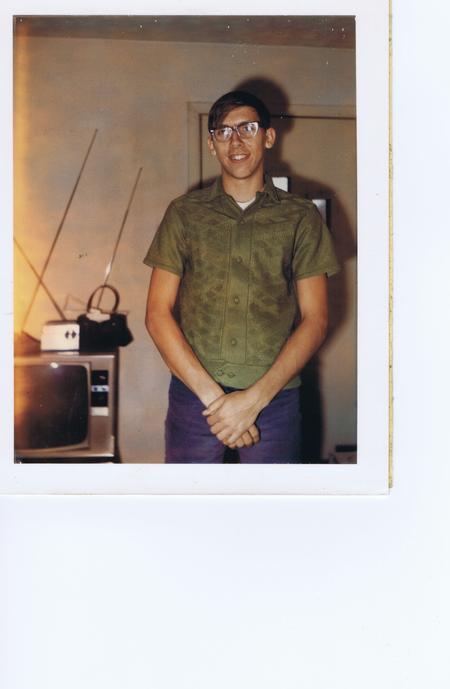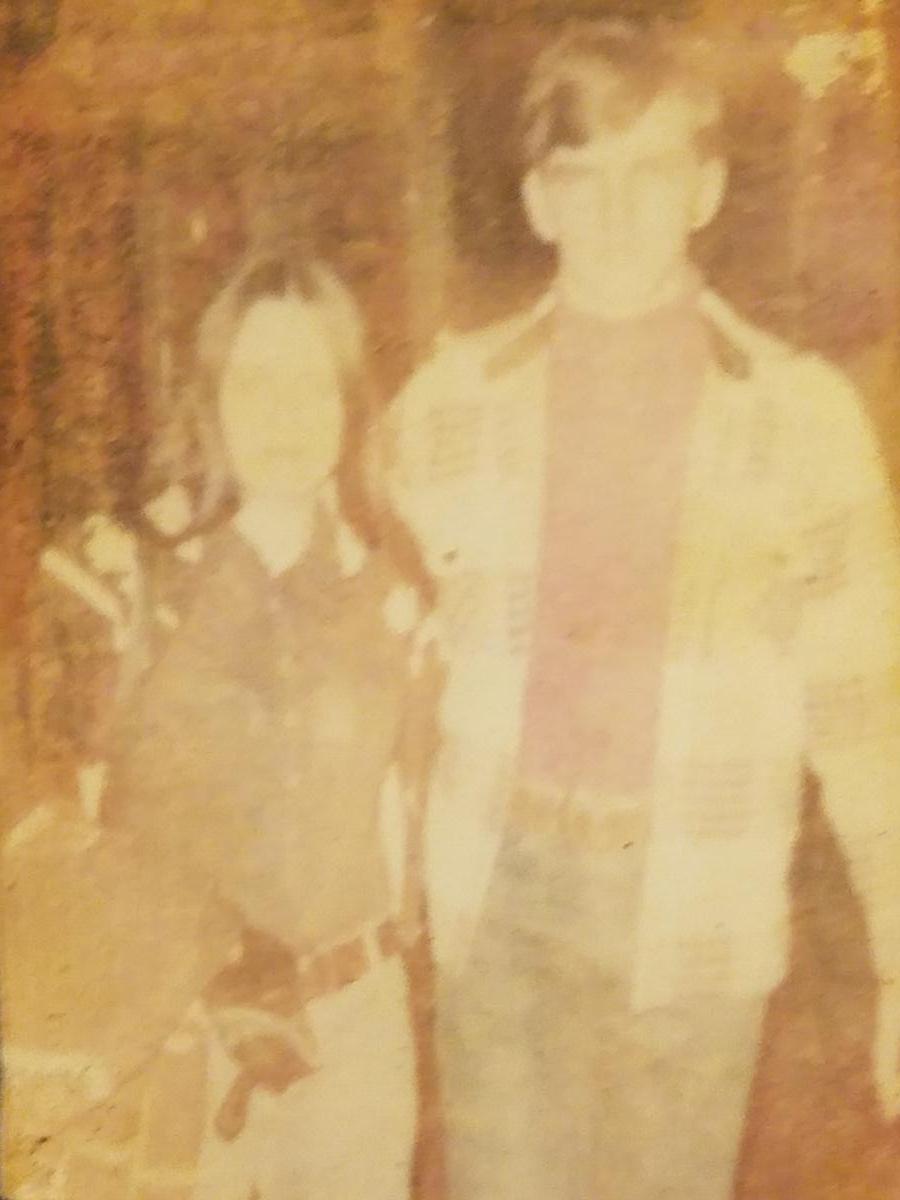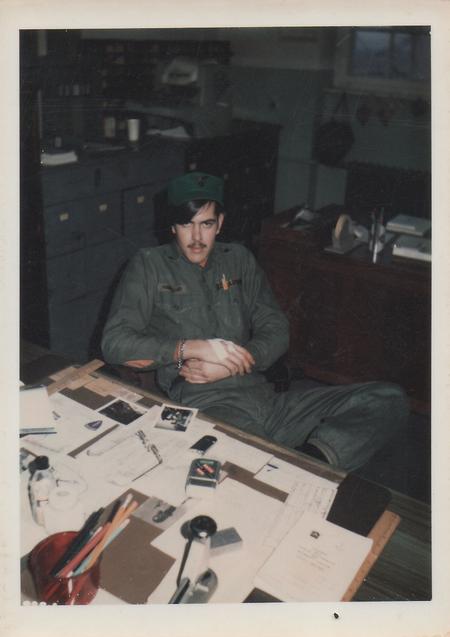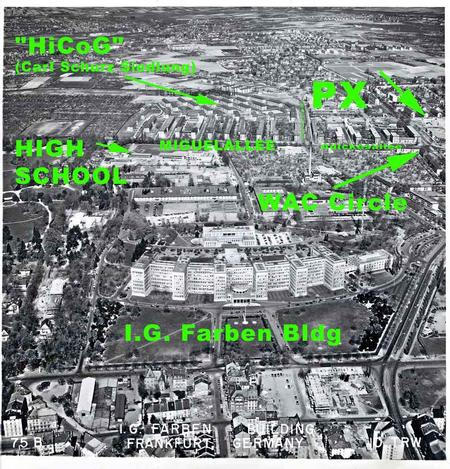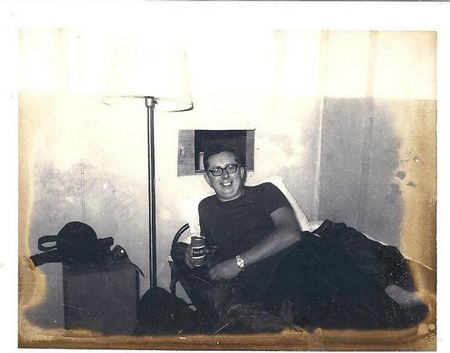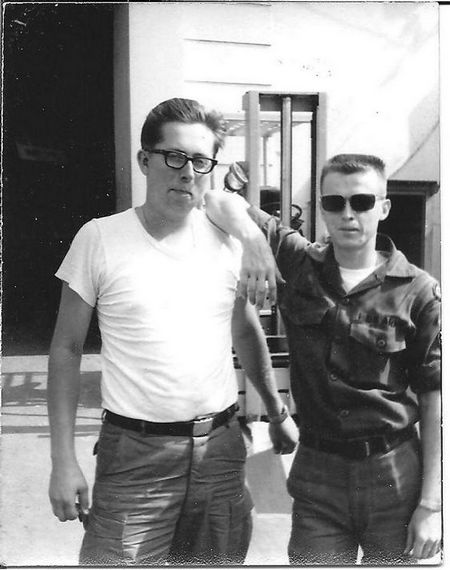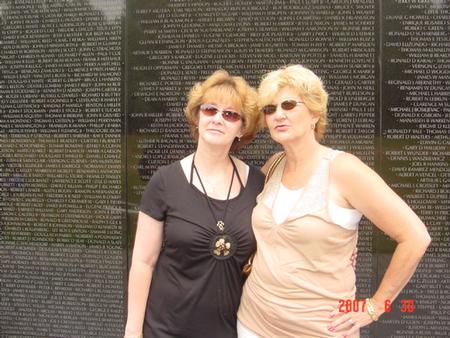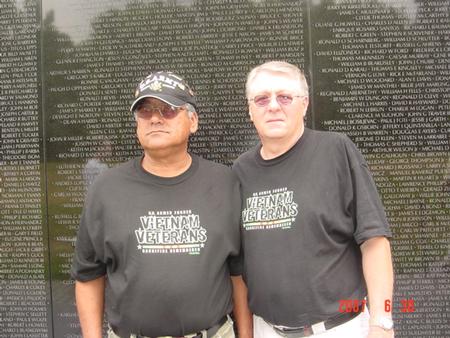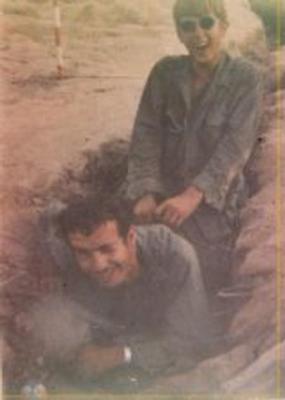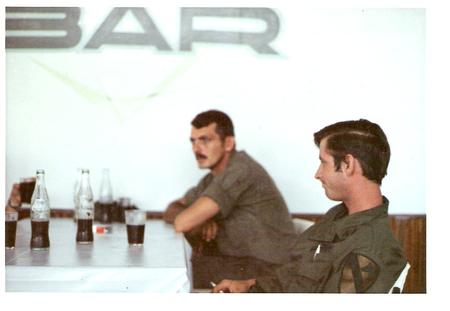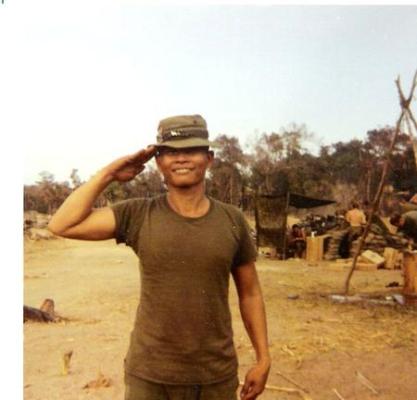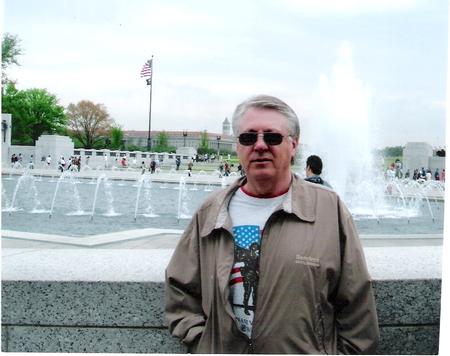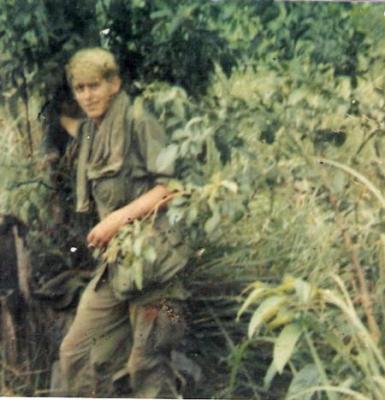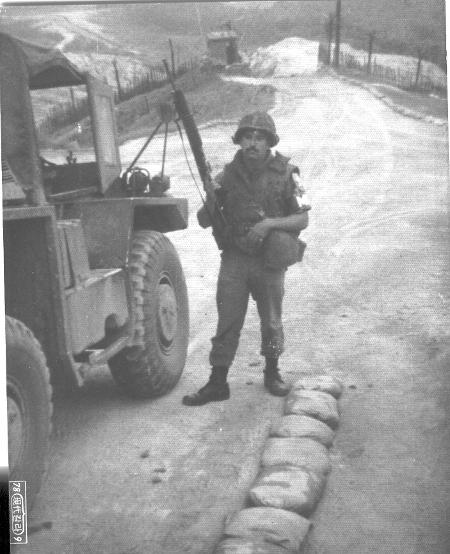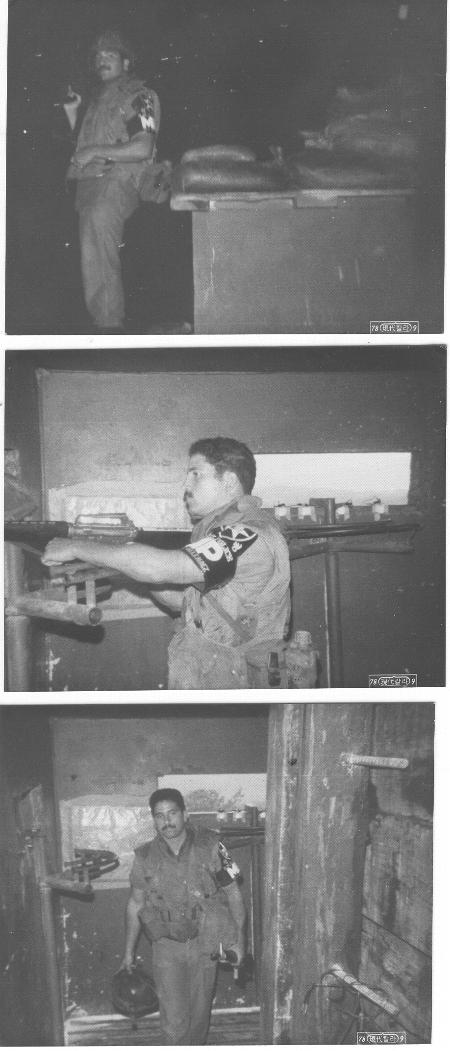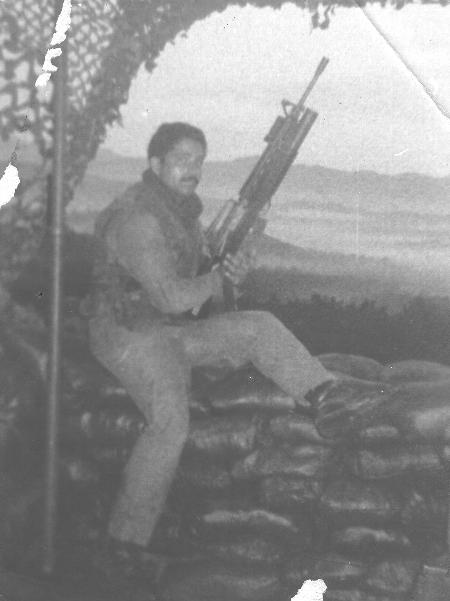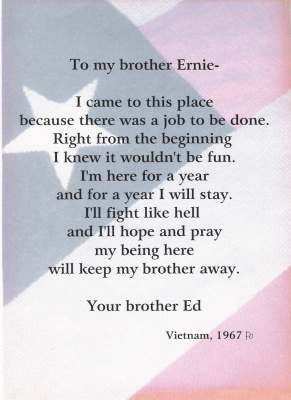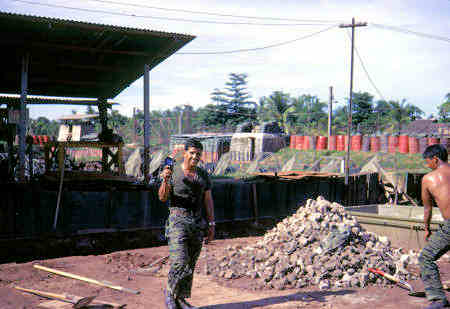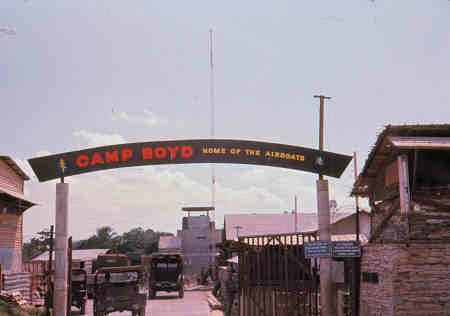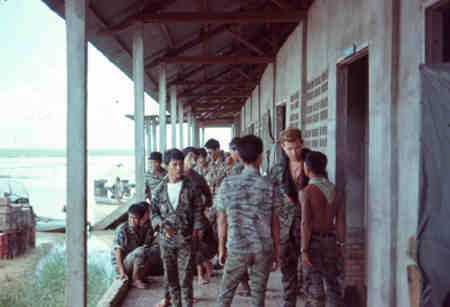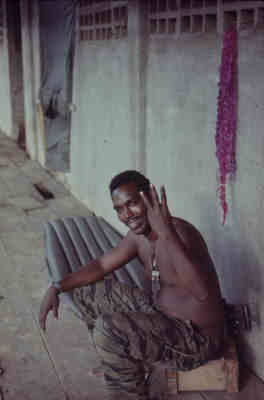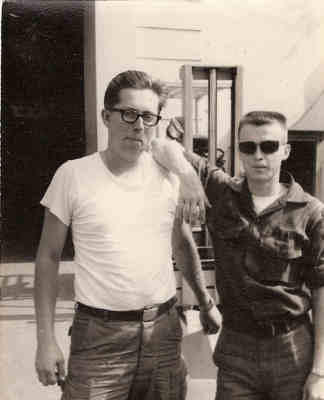ABOUT V Corps Artillery
- Origins: V Corps Artillery traces its lineage to the formation of V Corps in July 1918 during World War I, providing critical fire support for the American Expeditionary Forces in France.
- World War II Service: During WWII, V Corps Artillery played a pivotal role in the D-Day landings, supporting infantry divisions as they stormed Omaha Beach on June 6, 1944.
- Cold War Defender: Stationed in Germany during the Cold War, V Corps Artillery was a key element in NATO's defense plan against potential Warsaw Pact aggression.
- Pershing Missiles: In the 1960s-70s, V Corps Artillery units operated Pershing nuclear missiles, becoming a critical component of the United States' nuclear deterrence strategy in Europe.
- Desert Storm: Elements of V Corps Artillery deployed during Operation Desert Storm in 1991, delivering devastating firepower in support of coalition forces in Iraq.
- Operation Iraqi Freedom: V Corps Artillery was heavily involved in the 2003 invasion of Iraq, providing artillery support for the rapid advance toward Baghdad.
- Multi-National Exercises: The unit regularly participated in NATO exercises such as REFORGER, demonstrating rapid deployment and interoperability with allied forces.
- Distinctive Insignia: The V Corps Artillery distinctive unit insignia features a shield with a red background and five white stars, symbolizing the Corps' numerical designation.
- Technological Pioneer: V Corps Artillery was among the first to field advanced systems like the M109 Paladin self-propelled howitzer and the Multiple Launch Rocket System (MLRS).
- Inactivation and Legacy: As part of Army restructuring, V Corps Artillery was inactivated in June 2007, but its units and traditions continue within other artillery formations.


